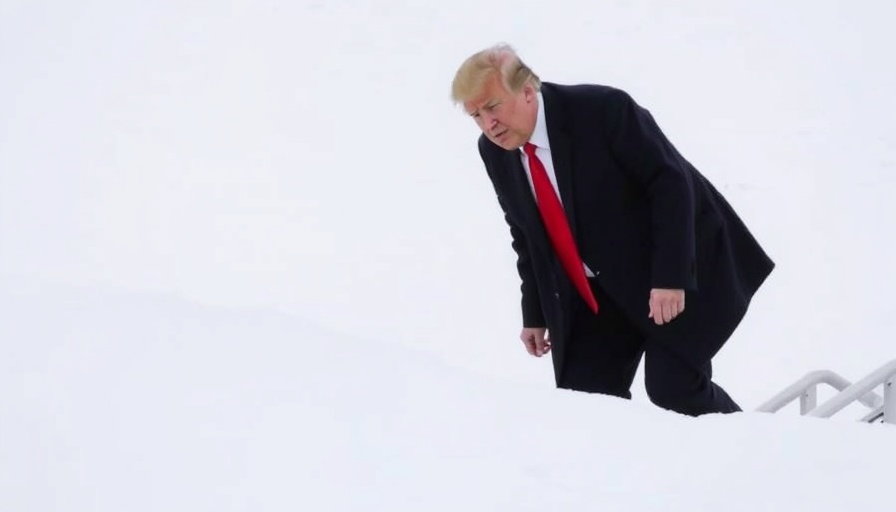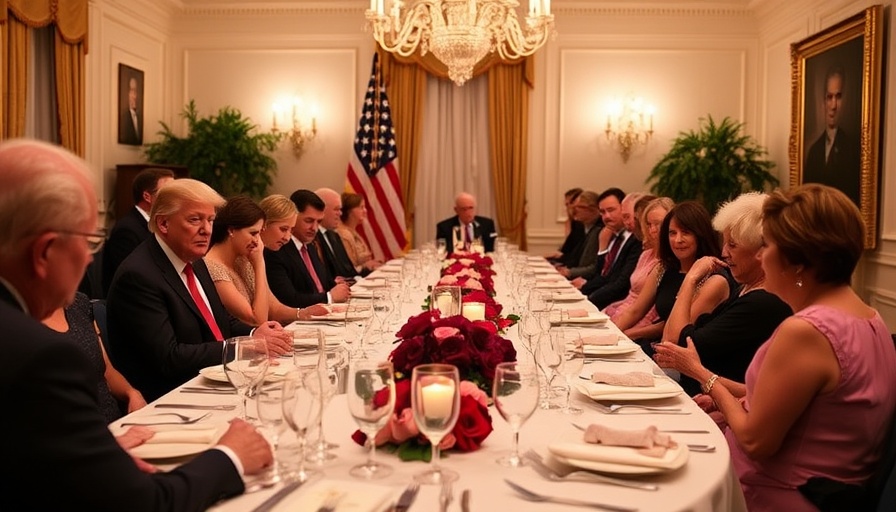
Trump's New Order: A Tightened Grip on Federal Hiring
As President Trump's executive order on federal hiring takes effect, new regulations significantly alter the landscape of federal employment. These restrictions come after the expiration of a lengthy hiring freeze, now replaced with specific mandates that prioritize political appointees in the hiring process. All prospective hires will need approval from strategically established committees led by politically appointed officials.
Strategic Hiring Committees: A Shift in Power
The newly instated Strategic Hiring Committees are at the core of this executive order, designed to ensure that all new positions reflect the administration’s priorities. This move is seen as a critical shift, placing hiring decisions in the hands of senior political figures rather than career officials, which has historically been the norm.
This change introduces a layer of political approval that many experts, including Don Kettl from the University of Maryland, view as a significant increase in political control over federal hiring. The implications extend beyond mere bureaucracy; they signify a potential shift towards a more ideologically driven federal workforce.
The Impacts on Federal Employment
Previous hiring decisions, often made by seasoned career officials, contributed to a balanced and professional civil service aimed at serving the entire populace. With these recent changes, hiring practices may become more partisan. Critics argue that consequently, important agency functions might be prioritized based on political alignment rather than competency or experience.
Union representatives, like Tim Kaufman from the American Federation of Government Employees, express deep concern that this strategy breeds a workforce that is "ideologically in line" with Trump's policies. Such a move could create short-term vacancies and long-term inefficiency, as essential roles remain unfilled or allocated to politically favored candidates.
Analyzing the Necessity of Cuts: Contextualizing the Hiring Freeze
While the presidential order advocates streamlining the federal workforce, it rests on a narrative of efficiency that critics broadly challenge. The Administration vaguely justifies the need for a hiring freeze by claiming it improves delivery of services while alleviating budgetary pressures. However, this often overlooks significant gaps in government services caused by prolonged vacancies.
Federal agencies have reported ongoing struggles to meet their missions due to chronic understaffing—a reality that doesn't fit neatly within the Administration's efficiency narrative. Historical context reveals that service delivery challenges often coincide with layers of political mismanagement and funding crises.
A Look Forward: Potential Pathways and Predictions
The future of federal employment under Trump's administration remains uncertain. If these restrictions continue without pushback, we might witness an increasingly politicized bureaucracy, risking the integrity of nonpartisan civil service values. A robust federal workforce is crucial, especially as the nation grapples with evolving challenges regarding public health, education, and national security.
In response, labor unions and agency leaders may intensify advocacy efforts aimed at ensuring laws are respected and appropriate hiring practices are upheld. Federal courts may also be called upon to assess the legality of hiring practices implemented during this turbulent period.
Conclusion: The Call for Engagement
The new restrictions imposed on federal hiring are emblematic of a broader trend toward politicization within federal employment. As these policies unfold, it is essential for the public, particularly those invested in government accountability and efficient service delivery, to stay informed and engaged with the democratic process. Advocacy for fair hiring practices is crucial in shaping the landscape of federal employment for future generations.
 Add Row
Add Row  Add
Add 




Write A Comment